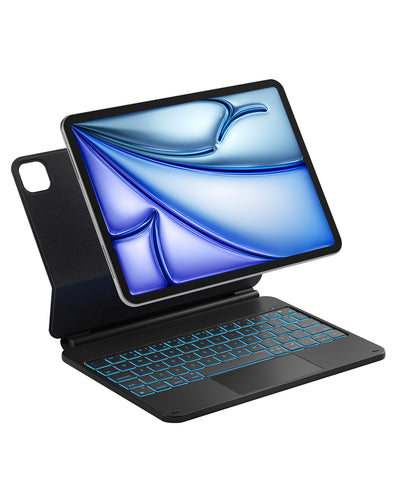Why can’t I get a 10 Gbps or 20 Gbps bandwidth with Inateck Redcomets Series PCIe card?

Answers Collection
This instruction is applicable to Inateck Redcomets Series PCIe card like U21 (KU5211).
1. Please contact the motherboard manufacturer and check the information below.
a. Make sure that the PCIe interface protocol is PCIe 3.0 or above.
b. Make sure that the lanes allocated to the PCIe interface are x4 or more. Note that the lanes allocated to a PCIe x4 interface can be x2 or x1.
c. The number of lanes on the motherboard is fixed. When multiple PCIe interfaces are in use, the actual transmission speed for each interface will be lower than its theoretical value. Suppose that there are 16 lanes on a motherboard where there are two x16 PCIe interfaces that support PCIe 3.0. Theoretically, each interface can reach a maximum bandwidth of 128 Gbps. However, when the two interfaces are in use simultaneously, the lanes allocated to each port will be evenly split to x8 with maximum bandwidth being 64 Gbps.
2. Check if the device connected to the PCIe card supports a 10Gbps bandwidth, which includes the device and the cable between the device and the card.
You may consult the device supplier to check if your device support a 10Gbps bandwidth.
You may quickly check if you cable supports a 10Gbps bandwidth with the methods below:
a. Is the cable length less than one meter? Generally speaking, cables that support 10 Gbps bandwidth are demanding in length. A shorter cable can theoretically transmit data faster. Studies have shown that the cable can hardly reach a 10Gbps bandwidth when the cable length exceeds one meter.
b. If you’ve purchased a cable at a very low price, it’s much likely that the cable won’t support 10 Gbps bandwidth.Sometimes price determines quality. The cost for a cable that supports 10 Gbps bandwidth is regularly higher than a normal one, and so is the price.
c. Consult the cable supplier to check if your cable support 10Gbps bandwidth.
3. Check whether other ports on the PCIe card are in use.
The total bandwidth of the 5 ports on the PCIe card is 20Gbps.
The USB Type-A port near the PCIe interface exclusively takes 10 Gbps bandwidth, and the rest four ports share 10 Gbps bandwidth. When these four ports are in use simultaneously, the PCIe card will allocate bandwidth intelligently according to the external devices.
Discover Inateck Support, your reliable resource for expert assistance and solutions. Welcome to our comprehensive support hub! Expand your knowledge with our Answers Collection, designed to address your queries and streamline your experience. Dive into detailed instructions, such as this guide for Inateck Redcomets Series PCIe cards like U21 (KU5211). Ensure seamless compatibility by verifying PCIe interface protocols, lane allocations, and device bandwidth support. Consult device suppliers for further clarity and explore our quick cable bandwidth checks. Plus, optimize performance by managing port usage intelligently. Trust Inateck Support for all your tech needs.








